Natural History
Ascidians are most commonly known as Sea Squirts. They belong to the phylum chordata. Yes, I know, by looking at the pictures below you would begin to think I'm crazy. Not just
crazy for putting a webpage up regarding sponges, ascidians and bryozoans - they sure aren't cute and cuddly. They are a subclass of chordata called Tunicata, appropriately,
because in their larval stage there appear tadpole-like because of a notochord and dorsal nerve. Although their adult form has no distinguished head, their larval form does. The larvae eventually
settles into a place and metamorphoses into an attached (to the substrate) adult phase. Despite their unpopularity for touristy beach combers, there is more then 2,500 species known!
Ascidians are sessile organisms and generally come in three different forms:
Compound (one big sack, basically)
Social (looks like a bunch of solitary ascidians gathered together)
Solitary (one single ascidian)
Sea squirts have two main openings (very distinct, when clean). These two openings are the in and out of the digestive tract. Water intakes from one opening and passes through
many perforations (atrium cavity) and soaks up any of the microscopic food in the water. The excess water exits through the remaining opening therefore defining the term "squirt".
If you own a boat, you are unfortunately familiar with tunicates (Colonial/Compound). These love to attach to firm surfaces such as boats and propellers and cause problems (although,
no scientific evidence has show that these tunicates actually obtain the emotion of "love", but the idea is just the same).
Please enjoy the pictures below (scroll over pictures to see where they were found)!
Please visit the Marine Ecology class homepage to see the rest of our animals!
Ascidians seen in class:
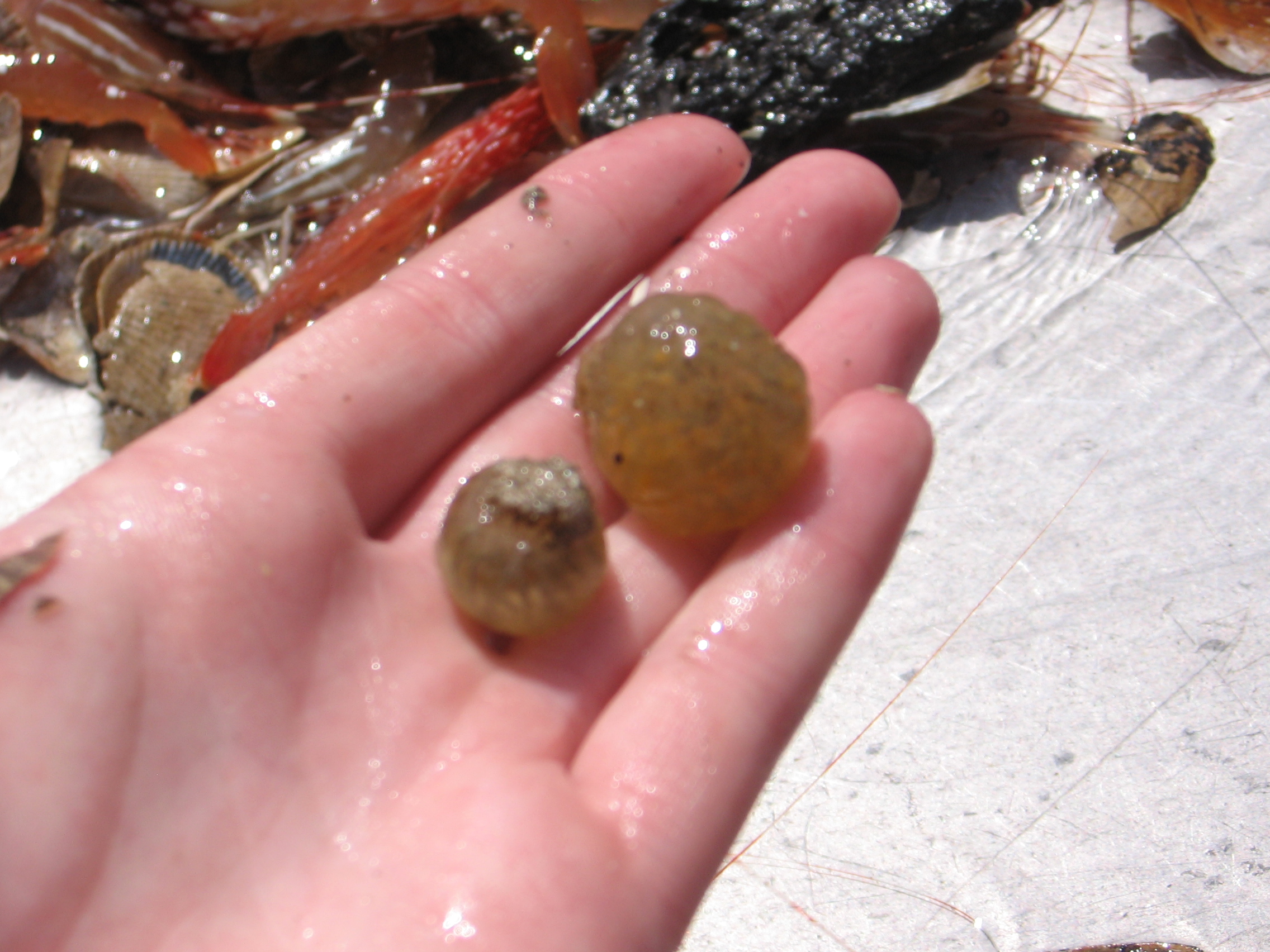
Aplidiopsis pannosum - (Possibly??) Pale Mushroom Compound Tunicate

Aplidiopsis pannosum - (Possibly??) Pale Mushroom Compound Tunicate
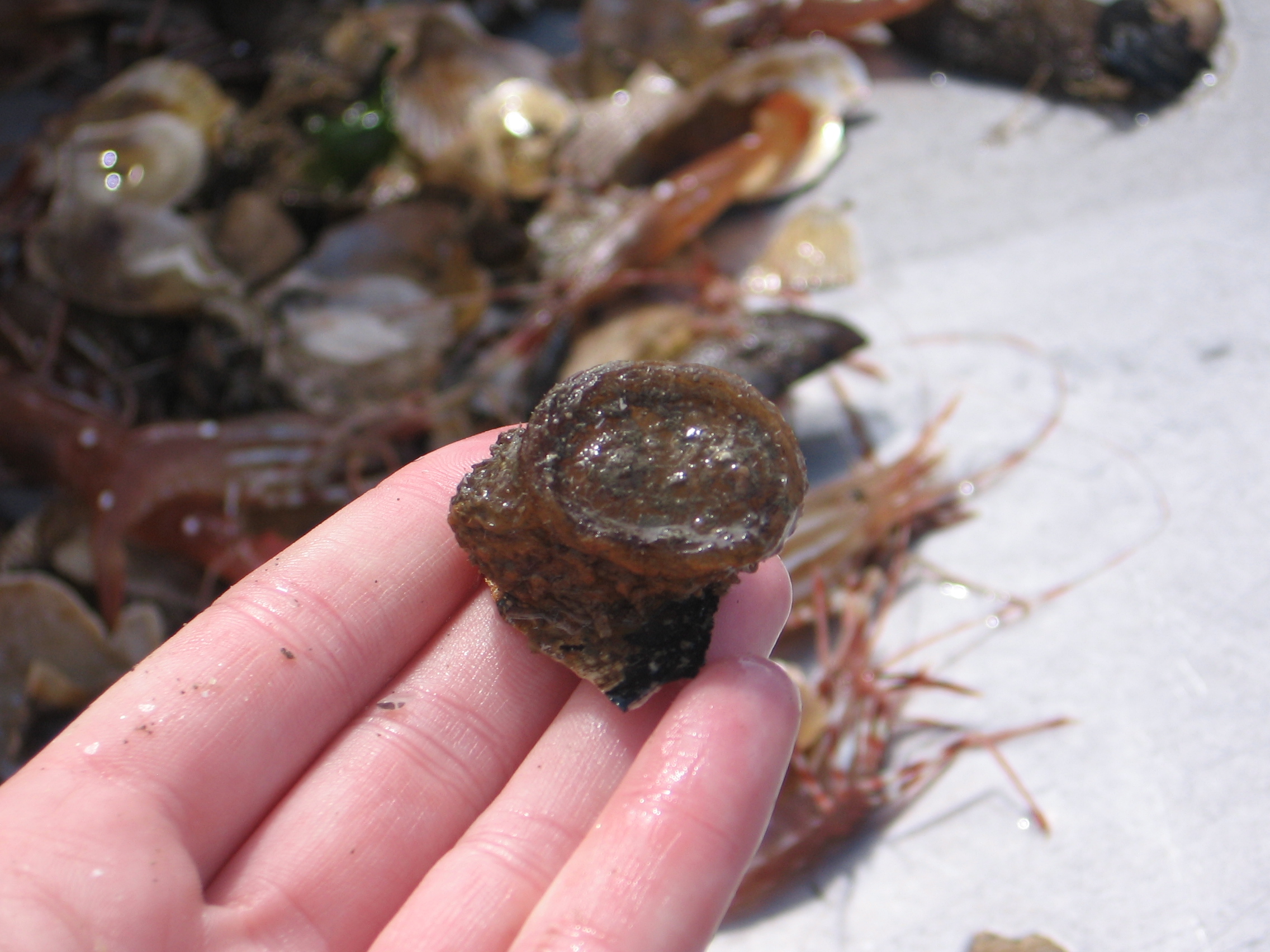
Unidentifiable Sea Squirt that was thrown back to sea!
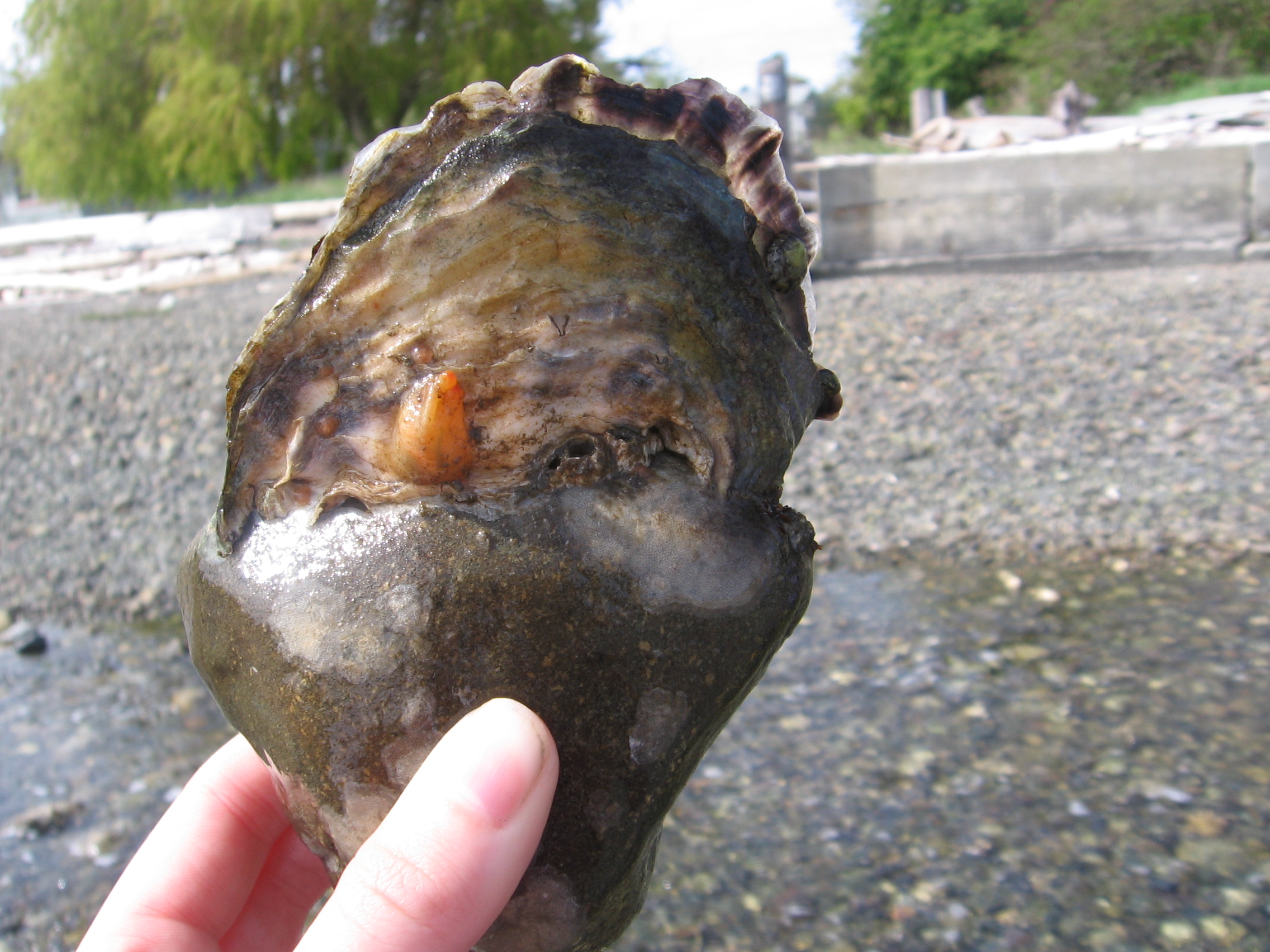
Cnemidocarpa finmarkiensis - Shiny Red Tunicate (On a Japanese Oyster)
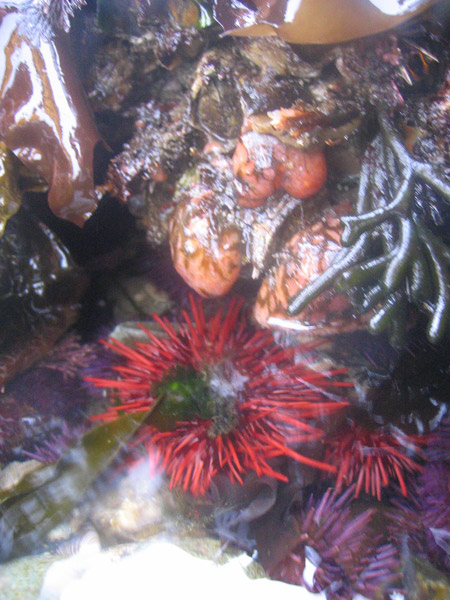
Unidentifiable Compound Tunicate
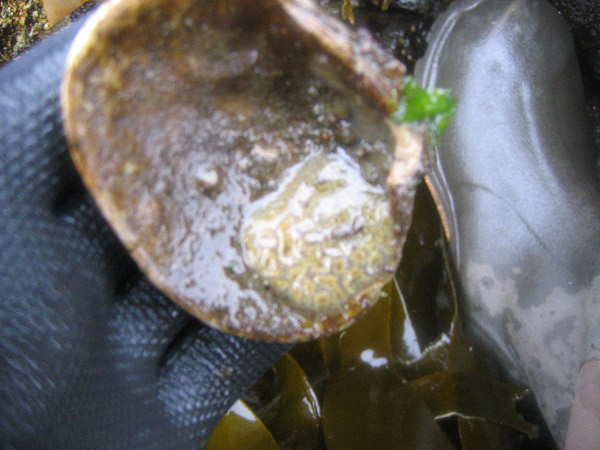
Unidentifiable Compound Tunicate that settled inside a shell
Ascidians not seen in class but still worth mentioning!:
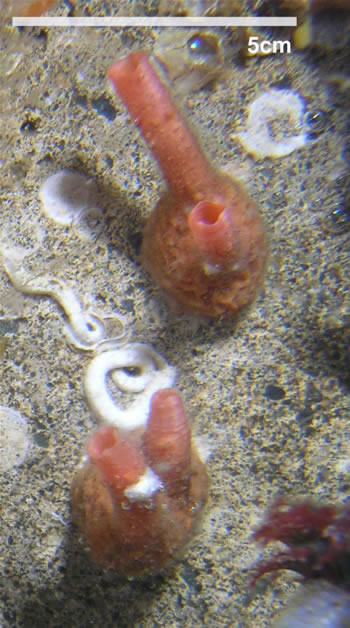
Pyura haustor - Warty Tunicate (taken from: http://home.uchicago.edu/)
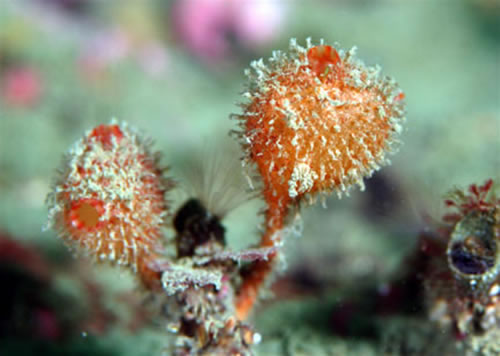
Boltenia villosa - Hairy Tunicate (taken from: http://convoluta.ucdavis.edu/research/2006/12/sea_squirt_sunday_boltenia_vil.html)

Metandrocarpa taylori - Orange Social Tunicate (taken from: http://convoluta.ucdavis.edu/gallery/)
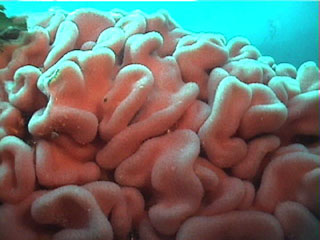
Cystodytes lobatus - Loabed Compound Tunicate (taken from: http://www.metridium.com/monterey/other/other.html)
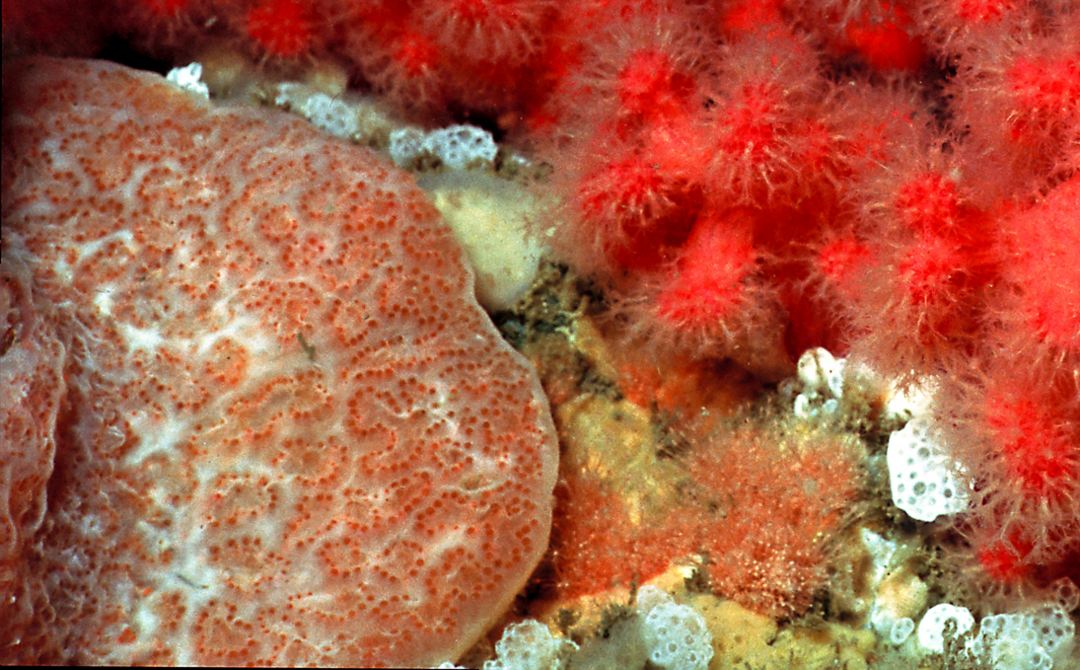
Aplidium solidum - Red Ascidian, on the left(taken from: http://www.racerocks.com/)
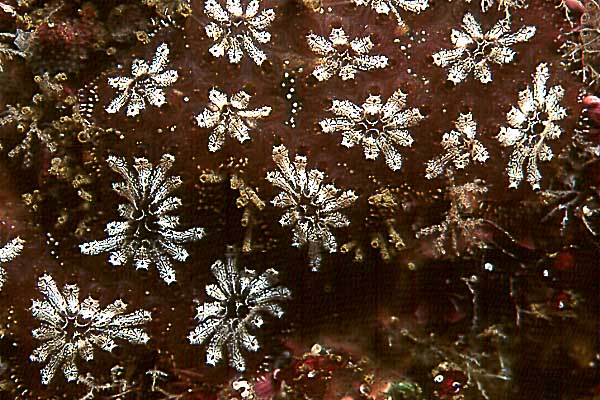
Botryllus schlosseri - Harbor Star Ascidian (taken from: http://www.marinbi.com/ascidiacea/)